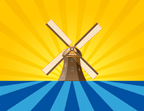River Bure – Wroxham Broad to Cockshoot Dyke
The section from here to Horning is one of the most attractive on the Broads but it does get very busy during the main summer season. Just under two miles from Wroxham is the broad of the same name, the entrance to it being on the right.

Wroxham Broad
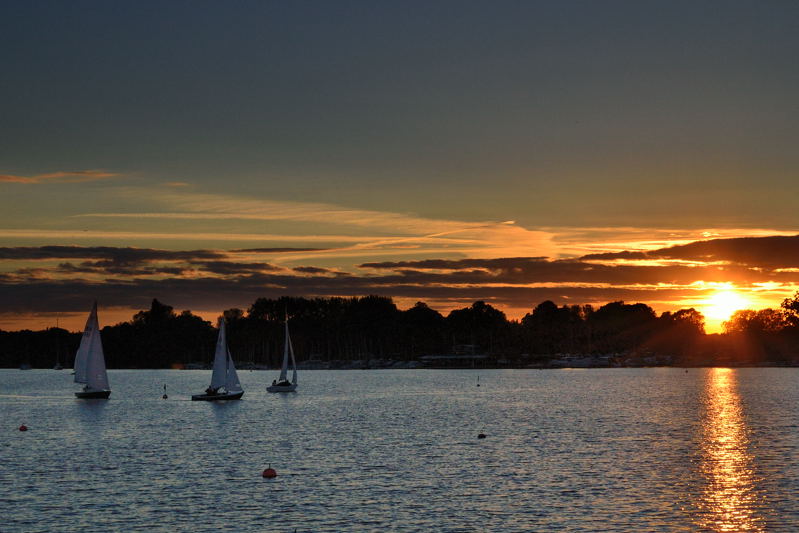
Wroxham Broad is home to the Norfolk Broads Yacht Club. Landing is not permitted but navigation is free, although there is a charge to moor or fish mid broad. The broad is ¾ mile long and 250 yards wide, with another entrance from the main river downstream.
The trees close in again as the Bure meanders towards Salhouse Broad. There are two 24-
Hoveton Great Broad
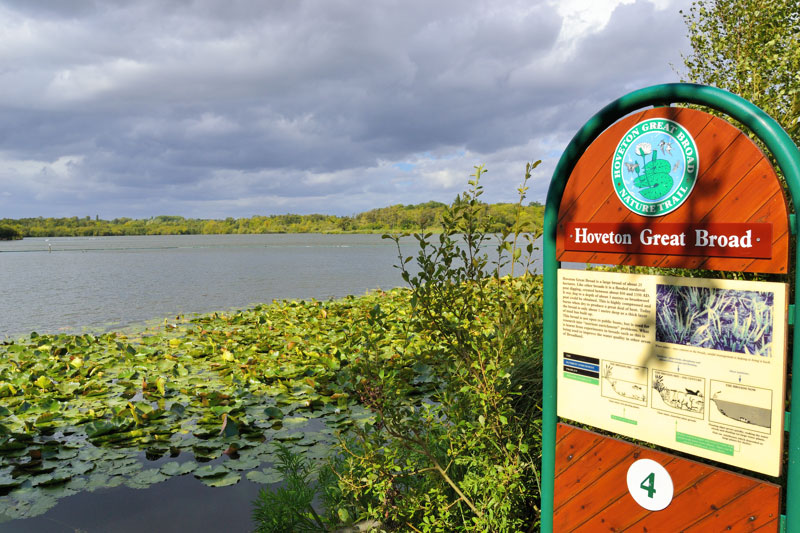
On the left hidden by trees is Hoveton Great Broad. The broad has a large expanse of open water, however, it is unnavigable. Visitors wishing to view the broad can join the nature trail that is open from April to mid September. During the summer there is a ferry service operating from Salhouse Broad. Mooring for a limited number of boats is available at the nature trail and if you have a dinghy there are also moorings on the right at Salhouse Spit.
There are two entrances to Salhouse Broad the first on the right and a second a few hundred yards down stream. You can moor stern-
Salhouse Broad
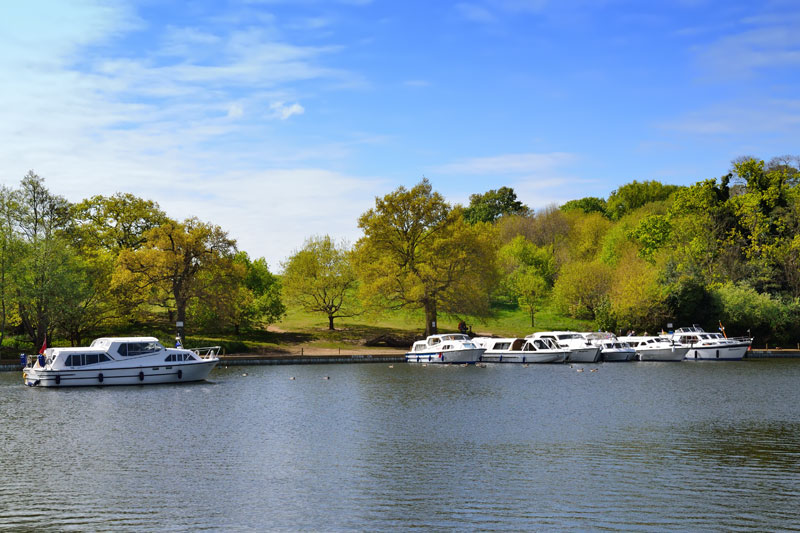
Salhouse Broad is a beautiful broad. A grassy bank rises from the broad with areas of sand and fallen trees – a natural play area for children. In the spring, you may find Bluebells in the wood and Flag Iris by the shore. The hill had eroded over the years and so to protect the area, coconut matting was laid to stabilise the loose ground. The area was then re-seeded and fenced off, the open weave of the matting allows the grass to grow through.
The broad is managed by the landowner, Henry Cator and the Salhouse Broad Ranger team. Canoe hire is available from April to the end of October, 7 days a week. Water is available and there is also a children’s play area at the top of the hill.. A fee is charged to moor, with all proceeds going back into the care of Salhouse Broad.
The broad is popular with other visitors too, Geese, Mallards, Swans, to name but a few, at times there are more birds than people.
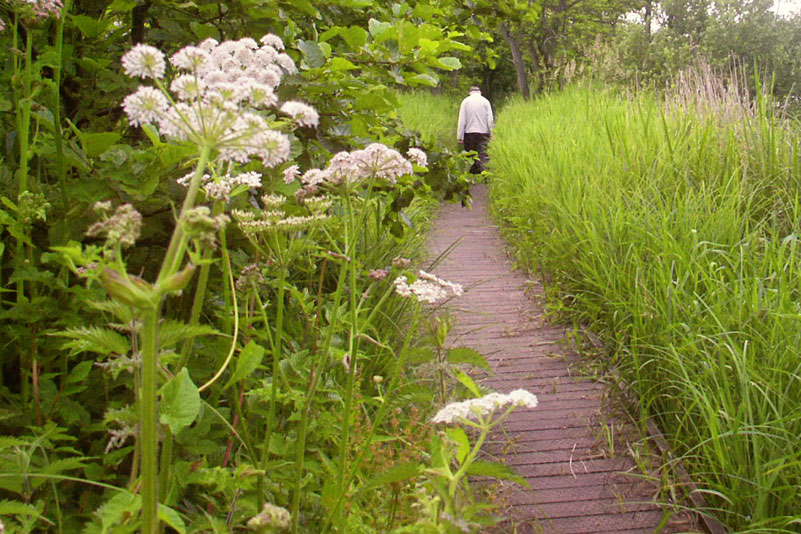
At the far end of the broad, a wooded path leads alongside the wherry cut – a shallow finger of water to the village ½ a mile away. In the village there is the Post Office stores and The Bell Inn. During the summer months, a floating Ice Cream Van occasionally visits the broad.
Proceeding down stream, on the right is Woodbastwick Staithe (no mooring allowed). A very large boathouse with a thatched roof overlooks the Bure. The Bure now straightens out towards Dydlers Mill where it bends sharply to the right. Another long reach follows all the way into Horning. The scene changes here, the wooded banks replaced by Fen and Carr. On the left is the entrance to Black Horse Broad.
The broad is quite open, the cluster of houses on the far bank are in the village of Upper Street. Take care near the edges, as the broad is shallow. No mooring is allowed, but the broad is open for navigation during the summer months.
Between here and Horning are a line of private chalets and lodges some with there own moorings. This stretch is used by the Horning Sailing Club and can be a nightmare to navigate when they’re out in force. Always remember – power gives way to sail, slow down, keep to the right, pass to the stern of any yacht, and look out for directions to the contrary. Horning Week Regatta is held at the beginning of August.
The Bure makes another right turn into the village of Horning. On the left is Horning Staithe and on the right Perci’s Island moorings.
Horning
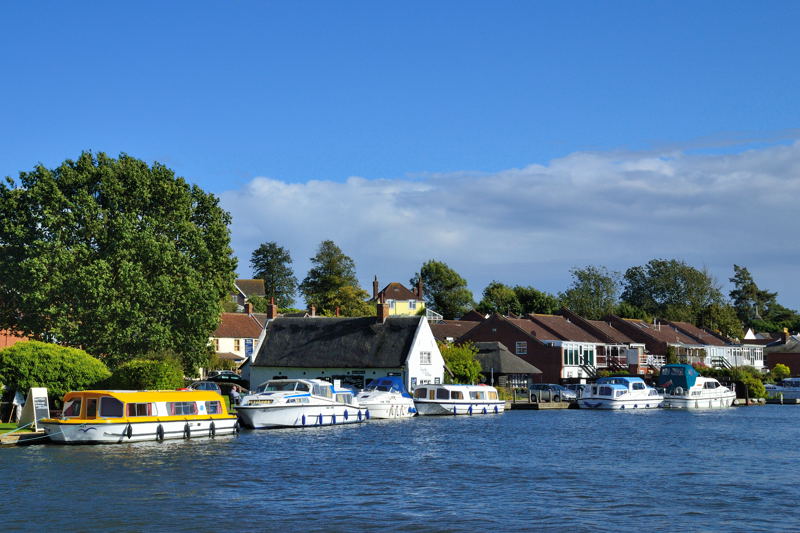
Horning is a linear village stretching for over a mile along the Bure, famous as the setting for Arthur Ransom’s “Coot Club”.
Attractive cottages and modern houses line the river. The Southern Comfort Paddle Steamer departs from the quay adjacent to The Swan Inn. There is a small staithe in front of the village green with an electric hook-up point and an inlet for smaller craft. The moorings are free, but donations towards the upkeep of the green are welcomed.
Horning is very popular, and moorings are limited. Opposite Horning Staithe the Broads Authority has provided extra moorings at Perci’s Island but you will need a dinghy to get across to the village.
There are a good range of shops here including a Post Office, butcher, and delicatessen. If you want to stop at one of the Inns for lunch or dinner, it may be prudent to book.
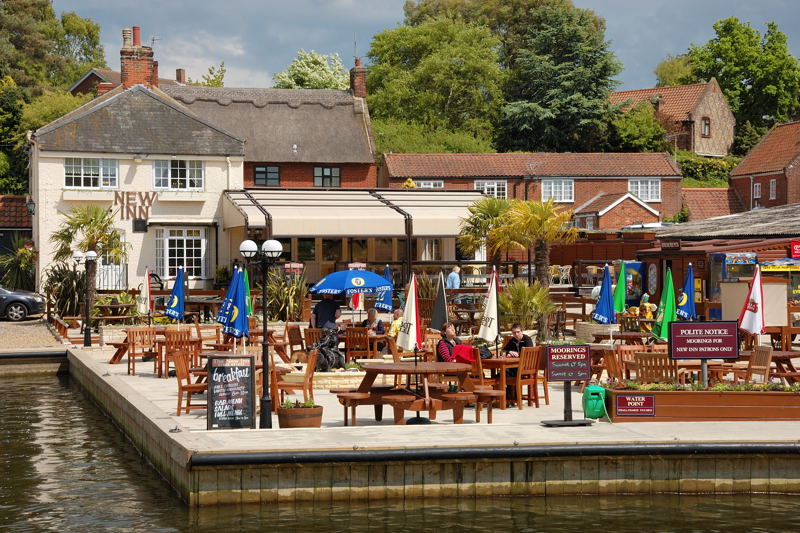
The New Inn is further down the Bure on the left with moorings available for patrons. The boatyards are situated further downstream at Horning Ferry. The Norfolk Broads Yachting Company has sadly sold off their hire fleet of yachts, the wherry White Moth is now being operated by Wherry Yacht Charter Charitable Trust.
Lodges and Chalets of all types line the Bure on the left, many can be hired through the booking agents Hoseasons or Blakes. Small dykes lead off the main river to grand looking thatched houses. Horning Ferry and the Ferry Inn are downstream and opposite The Ferry Inn is Woodbastwick Staithe.
Horning Ferry
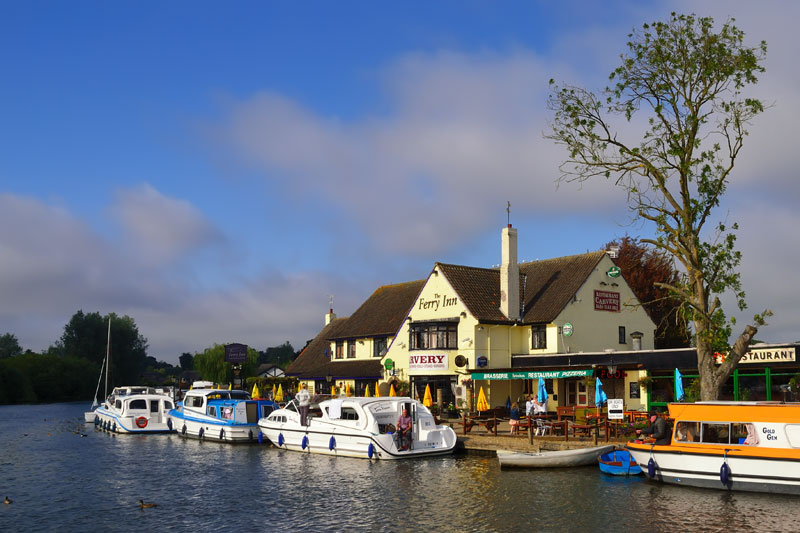
Like at Reedham there was once a chain ferry here. A foot passenger ferry runs now thanks to the landlord of the Ferry Inn. Horning Reach is popular with anglers, as this stretch of the River Bure is good for Bream, Roach and Pike. The Ferry Inn has an extensive river frontage. There are also moorings on the opposite bank at Woodbastwick Staithe where a boarded walk leads you to Cockshoot Dyke and then onto Cockshoot Broad.
Two dykes lead off the Bure on the left to a number of boatyards including Ferry Marina. Just after the bend on the right is Cockshoot Dyke. There are good moorings in the dyke, and a visit to the hide overlooking Cockshoot Broad is recommended.
Cockshoot Broad
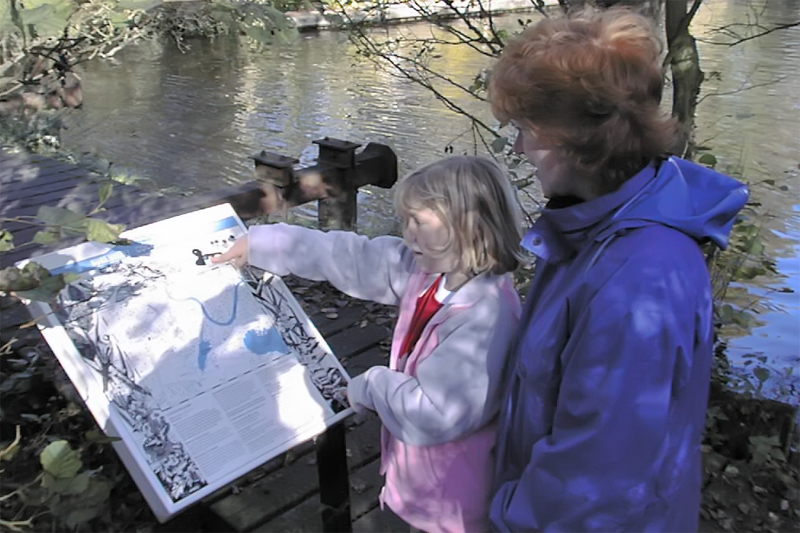
Cockshoot Broad and the dyke leading to it are sealed off from the main River Bure. It has been dredged and the silt removed, returning it to how it would of looked 100 years ago. White and yellow flowered water lilies now grow in the clear water, the Yellow Flag Iris can be seen along the dyke May through to July. Follow the board walk along the dyke to the hide, inside it seems dark at first, but when your eyes have become accustomed to the darkness you will see hinged shutters and a notice board, open the shutters and see how many of the birds you can spot.
The river scenery changes to flat fenland as it meanders through Ranworth Marshes.
